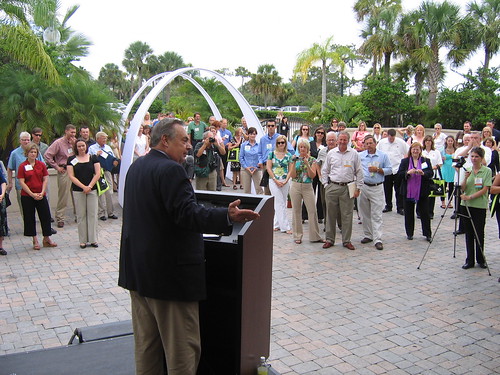
Frank Lechtenberg, Nebraska farmer, founder of Marketing Talk Meeting
The most fascinating corner of communications technology these days is social media --Web 2.0 community applications like Facebook, MySpace, Ning, and Twitter. These sites share the goal of enabling people to network on the Web through user profiles, friends lists, private messaging, discussion groups, photo/video sharing and other tools.
Farmers have been Web 2.0 guys since the plow broke the plains, though. Being far flung in their businesses, they've always found venues of interaction--threshing bees, barn dances, church socials, going to town on Saturday night and just talking across the fence.
Rachel Happe, an analyst with Mzinga, a Boston-based builder of Web comunities, told me on Twitter recently that she admires the way farmers always have developed social networks. "Farm communities were the original social networks and my grandmother [Elizabeth Koester, Batesville, Indiana] was one of the hubs. Although she doesn't know Twitter, it's a dynamic she would understand. Farming communities were the original social networks as everyone needed each other."
A twist on Web networking is the tie-in of an actual face-to-face meeting. That's what farmers on Agriculture Online did a year ago, when they called a meeting of folks who participate in the Marketing Talk discussion group. It was quite a deal to watch farmers from seven or eight states get together face to face who had only known each other through the Web. Agriculture Online hosted the meeting, but basically stood aside and let the farmers/marketers carry the agenda.
Marketing Talk members will be meeting again next week in Des Moines, after another farmer, Chris Weydert, an Iowan, raised the idea of a reunion last month.
Last year, you got the sense that these guys learned about as much from each other as they could have from all the marketing experts in the country. There's nothing like networking with one's peers to get a bigger picture of the world.
We're looking forward to Marketing Talk II next week, Wednesday, September 3.
Here's where you can get more details about the event. Marketing Talk Meeting. If you're interested, there's still room for a few more folks.



